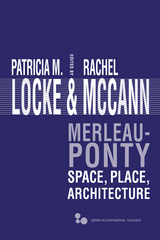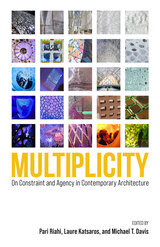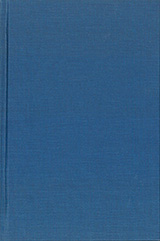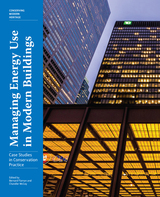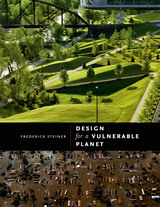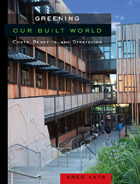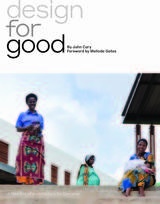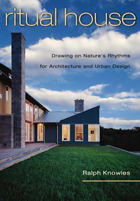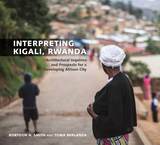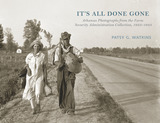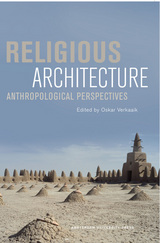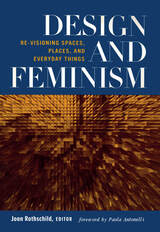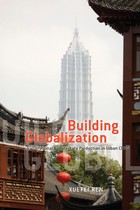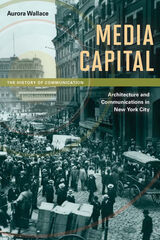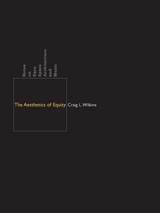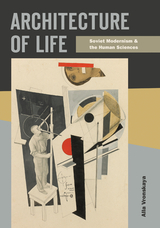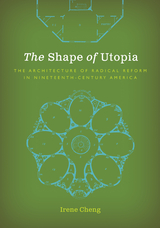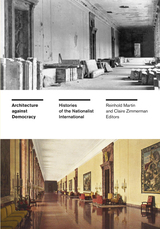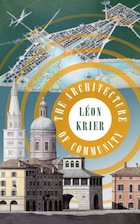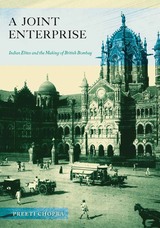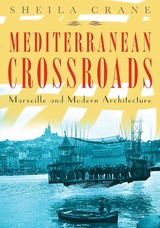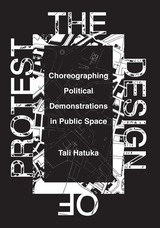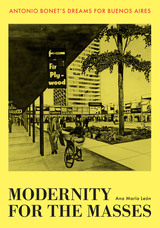Between Design and Making: Architecture and Craftsmanship, 1630–1760
University College London, 2024
Cloth: 978-1-80008-695-1 | Paper: 978-1-80008-694-4
Library of Congress Classification NA2543.B84
See other books on: Architects and builders | Artisans | Buildings | Design, Drafting, Drawing & Presentation | Hayes, Melanie
See other titles from University College London
Cloth: 978-1-80008-695-1 | Paper: 978-1-80008-694-4
Library of Congress Classification NA2543.B84
ABOUT THIS BOOK | AUTHOR BIOGRAPHY | TOC
ABOUT THIS BOOK
A necessary insight into the contribution of artisanal work in early modern architecture.
The seventeenth and eighteenth centuries represent a high point in design and workmanship intersectionality. Skilled artisans worked across a spectrum of practices in design, supervision, and execution, and architects relied on this experience when building sites. However, this relationship has been under-studied in the architectural achievement of the early modern era.
Combining analysis of buildings, archival material, and eighteenth-century writings, editors Andrew Tierney and Melanie Hayes re-evaluate the social and professional fabric binding design to the act of making and reflect on the asymmetry between architecture and craft. They argue for a process-oriented understanding of architectural production that explores the scribbled and annotated beginnings of design; the debates and revisions in forging details; and the grappling with building materials that pushed projects from conception to completion.
The seventeenth and eighteenth centuries represent a high point in design and workmanship intersectionality. Skilled artisans worked across a spectrum of practices in design, supervision, and execution, and architects relied on this experience when building sites. However, this relationship has been under-studied in the architectural achievement of the early modern era.
Combining analysis of buildings, archival material, and eighteenth-century writings, editors Andrew Tierney and Melanie Hayes re-evaluate the social and professional fabric binding design to the act of making and reflect on the asymmetry between architecture and craft. They argue for a process-oriented understanding of architectural production that explores the scribbled and annotated beginnings of design; the debates and revisions in forging details; and the grappling with building materials that pushed projects from conception to completion.
See other books on: Architects and builders | Artisans | Buildings | Design, Drafting, Drawing & Presentation | Hayes, Melanie
See other titles from University College London

